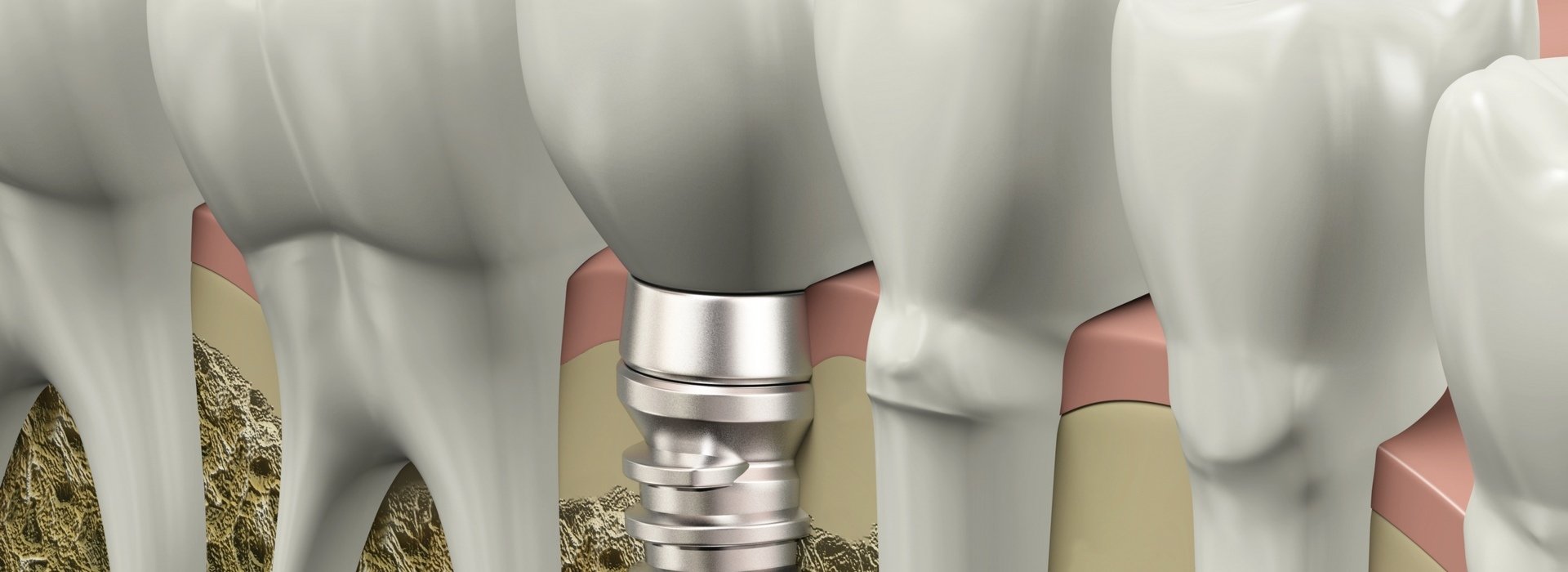

Lost teeth may be replaced by implants. Dental implantology is a modern treatment, which has become an everyday practice in Hungarian dental laboratories: there are over 200 clinics where dental implants are made.
Dental implants are false roots which are inserted in the place of missing teeth. There are hundreds of types known, but screw implants are the most common. The material that screw implants are made of is base titanium, as the human body admits it easily: titanium bonds with natrium, water, chloride, calcium and phosphate molecules, as well as proteins, so that the bone tissue’s protein structure can bond to it later. They’ve been using dental implants in Hungary for over 12 years, with tens of thousands of teeth successfully implanted. Titan implants also help prevent periodontal diseases, so it’s worth it getting this treatment as soon as possible after loosing a tooth. Thanks to this method, replacement of original teeth is available with dental implants that look very much alike the original, making everyday life easier for the patient.
Losing our teeth causes serious trauma. Prostheses and crowns, which may be removed, can be uncomfortable, and are not too good-looking. This is when implants can be a good solution, which offers the possibility to replace any type of missing teeth. In case of shorter bridges, the implant connects seamlessly with one’s own teeth, but in extreme cases the whole set of teeth can be replaced with implants.
Before implantation surgery is performed, careful diagnostic examination is required: they perform laboratory exams, concentrating primarily on glucose levels and blood clotting properties – the patient must be in relatively good health. They measure other things, such as anatomical properties of the individual by x-ray, because the height and the thickness of the patient’s bones are important when it comes to the operation. The number and the position of the implants depends on how many are needed: when inserting a complete set of false teeth, seven or eight are required on the upper side and six on the lower side, onto which they affix the individually prepared false teeth in 3-4 months.
Replacing a tooth is not a larger trauma than a tooth extraction. The operation is painless, eliminated by local anaesthesia. When more roots are inserted, they sometimes use narcosis. After the operation, one may experience some pain and minor swelling, which can be treated with drugs. Proper oral hygiene is very important after the operation, as although the implants bond well with the bone, their connection with the gums is weaker. As long as the patient observes general rules of oral and dental hygiene, the implanted false tooth will function properly for a long time, it may even last the patient’s lifetime.
Sometimes the bone into which the implant is affixed is not thick enough. In these cases, they perform sinus lifting: they cut a bone window into the outer wall of the facial bone, which is then lifted into the oral cavity. They place the bone replacement material between the base of the oral cavity and the mucous membrane, which elevates the bone height towards the oral cavity. The bone replacement material may be an auto transplant from the patient’s own bone, or some other, artificial material. The operation, which is considered routine today, can be performed on both the upper and lower jaws.
Related content